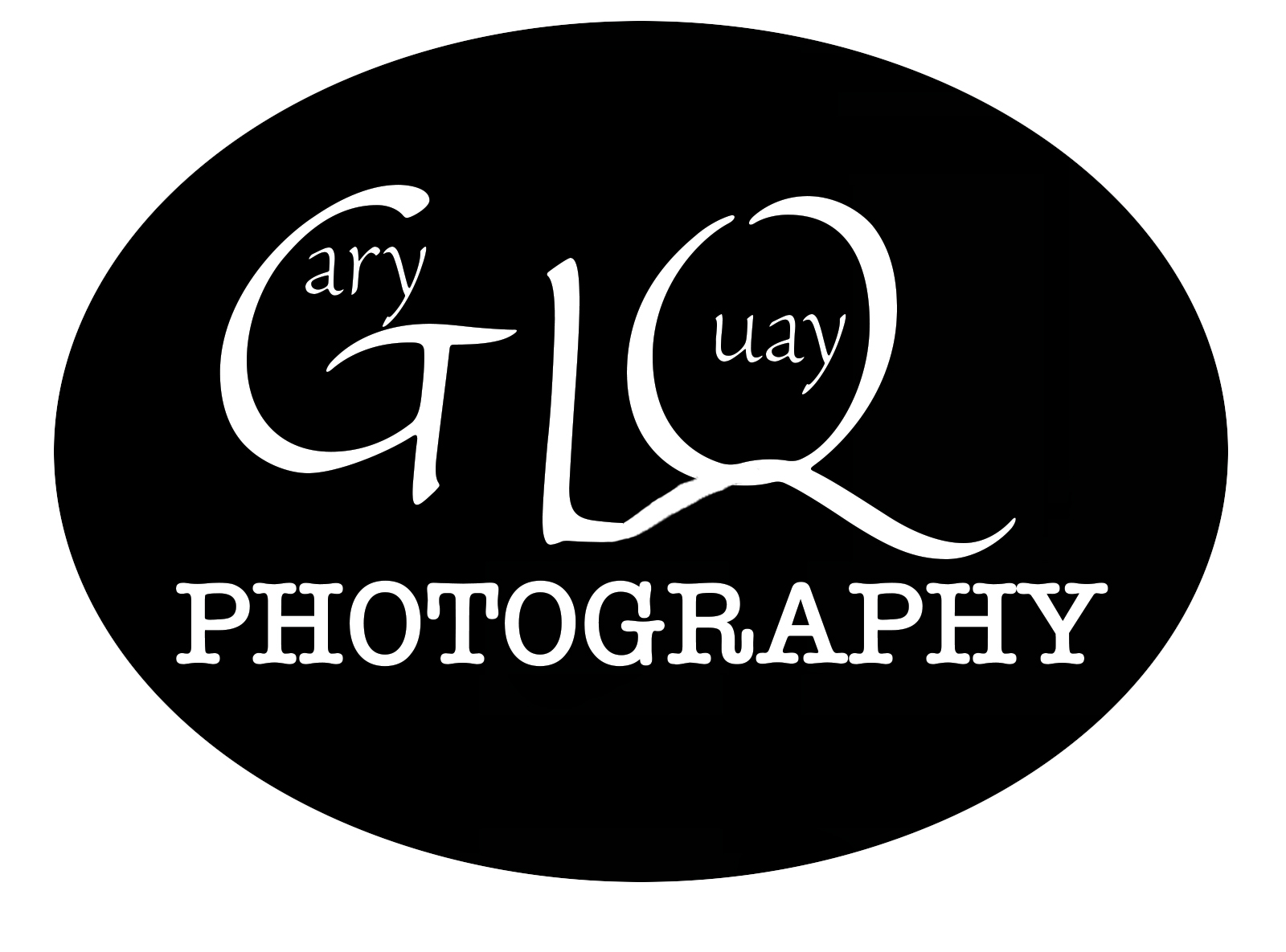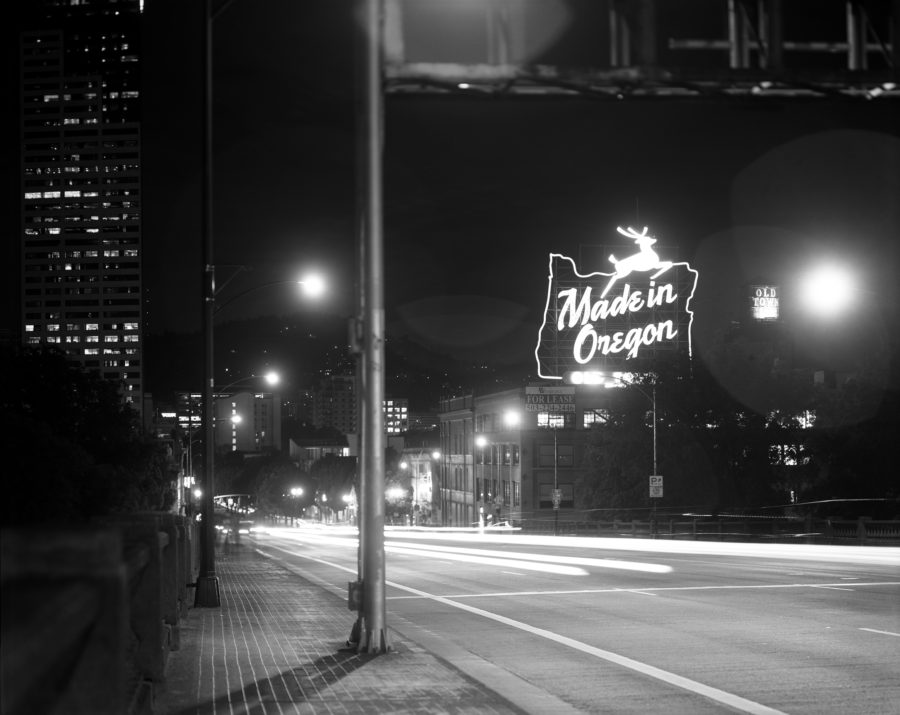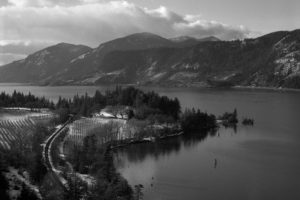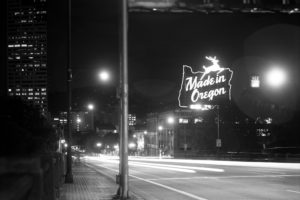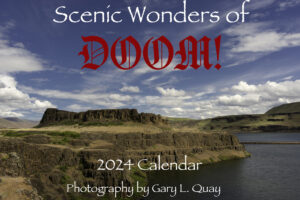November 2008. It’s 2:00 AM. I’m on the Burnside Bridge in Portland, Oregon. I have my Deardorff set up to photograph the city and it’s picturesque waterfront. It’s cold. I’m alone very near a bad part of town. The occasional pedestrian trudges past. I hope none of them are gang bangers or thieves. One short and stout man, possibly in his late 20’s, strolls up, and stops. He looks like he’s in a gang. I’m a little scared. He looks me and my camera up and down, and asks, “Do they still make film for those?”
I was so relieved that he asked a question, instead of mugging me, that I didn’t give the sarcastic answer. I told him, “Yes.” I showed him a few film holders. Two more young men stopped to watch what I was doing. I went about my work, talking to them about the process of using an 8×10 view camera. They asked a few more questions that I don’t recall, then one asked, “Why?”
The answer was so simple: Because I’m driven to.
I’ve told this story to many people over the years. I was fascinated with photography at an early age, but I didn’t get my first real camera (a Minolta XG1 ) until I went to Germany in 1983 with the US Army. I had no idea what I was doing back then, and I didn’t get very many good pictures. Disappointed, I put the camera down for a decade until I moved to Oregon. Once here, I found the Columbia Gorge to be a wonderful subject. I set out to teach myself photography. I bought books and magazines, and learned about light and pro films.
A name began working its way into my consciousness: Ansel Adams. I looked into his photograph, “Clearing Winter Storm” and my world changed. I could make out the needles on the trees. The picture was so sharp and dramatic. I decided to learn how to do it the way that Adams did. I moved up to medium format, bought a Hasselblad, and learned how to shoot black and white. When I was ready, I bought my first large format camera: a Linhof Technica. The learning curve was fairly steep, yet I soon found its limitations to be too problematic. I wanted tilt and shift. I bought a Calumet 4×5 monorail camera, and started my collection of lenses.

The next step was 8×10. I bought a clunky, old Calumet C-1. It turned out to be impossible to carry very far into the bush, so, when a Deardorff became available, I snatched it up, and haven’t looked back. 8×10 is the ultimate in sharpness. It’s not just the final image that matters. For the artist, it’s also the process used to get it.
©2017 Gary L. Quay
It was almost a year after I blew my knee out in the Oneonta Gorge, and I was finally able to carry an 8×10 camera down a steep hill, so I did.
This is White River Falls. Through it flows the snowmelt from Mt Hood. It roars from the fall to early summer, and then slows to a trickle by September.
Camera: Deardorff 8×10
Lens: 12″ Goerz Dagor
Film: Ilford HP5+
